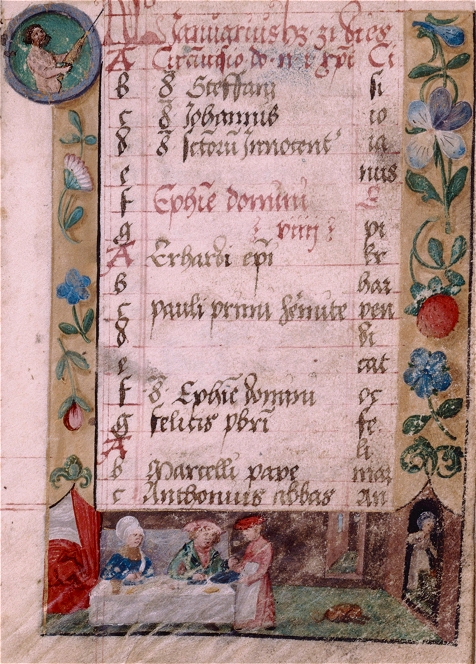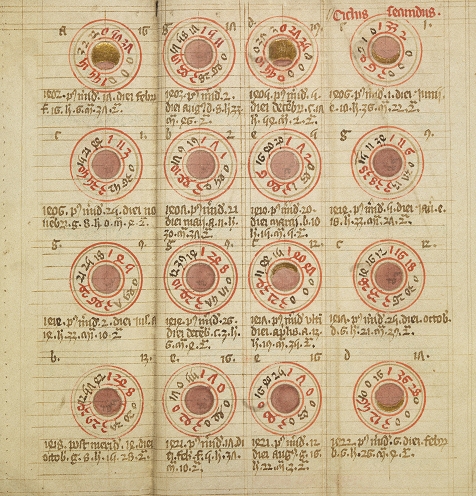- 1
- St Drithelm (d. ca. 700)
- St Giles (seventh century)
- 2
- St William of Roskilde (d. ca. 1070)
- 3
- St Gregory the Great (ca. 540-604)
- 4
- St Rose of Viterbo (d. 1252)
- 5
- St Lawrence Justinian (1380-1455)
- 6
- St Bega (seventh century)
- 7
- St Cloud (ca. 522-560)
- St Sozon (fourth century)
- 10
- St Nicholas of Tolentino (ca. 1245- 1306)
- 12
- St Guy of Anderlect (d. ca. 1012)
- 13
- St John Chrysostom (d. 407)
- 14
- St Notburga (d. ca. 1313)
- 15
- St Adam of Caithness (thirteenth century)
- 16
- St Cornelius (d. 253)
- St Ninian (d. 432)
- St Cyprian (200-258)
- 17
- St Hildegard of Bingen (1098-1179)
- St Lambert (d. 709)
- 19
- St Theodore of Canterbury (d. 690)
- 20
- St Eustace (second century)
- 21
- St Matthew (first century)
- 22
- St Maurice (d. 226)
- 23
- St Adamnan (ca. 624-704)
- St Thecla (Thekla) (first century)
- 24
- St Gerard (d. 1046)
- 25
- St Albert of Jerusalem (d. 1214)
- St Cosmas and Damian (ca. 303)
- 27
- St Sigebert (d. 635)
- 28
- St Lioba (d. 782)
- St Wenceslas (d. 938)
- 29
- Archangels Gabriel and Michael
- Michaelmas: During this holiday the local mayor or lord placed a large glove atop a high pole to denote the fair's meeting ground. Booths were set up and crowds gathered around the glove. In order to participate in the fair, the merchants promised to give a portion of their proceeds to charity. For the feast, goose was served. After the twelfth century, ginger dishes also were traditionally included.
- 30
- St Jerome (d. 420)
Photo credits: (Related Resources) (1) Opening page of calendar, elaborate border design with human figures, 1530, Digital Collections, The New York Public Library on Wikimedia Commons (2) Medieval folding almanac, ca. 15th century, Wellcome Library on Wikimedia Commons, Creative Commons CC BY 4.0

